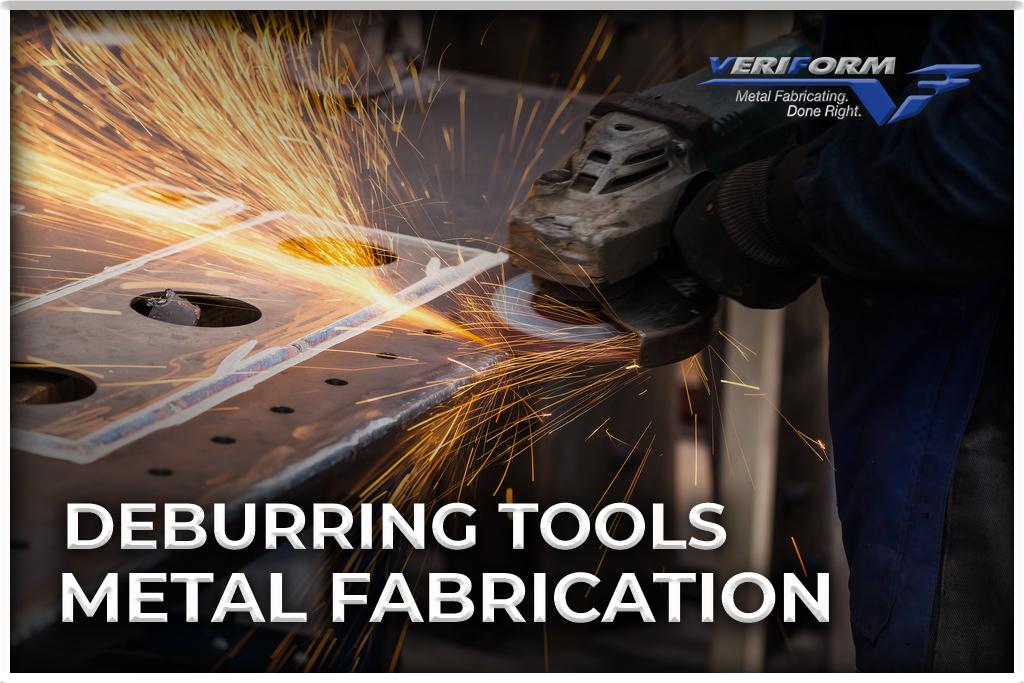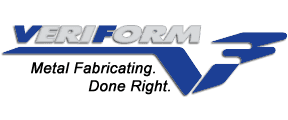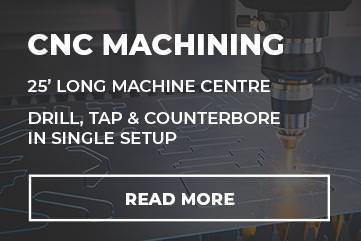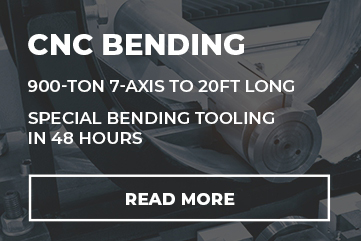News
Deburring Tools Used In Metal Fabrication

When metal goes through machining operations like grinding, milling, or drilling, it can leave surface imperfections called burrs. Unless they’re cleared away, they can cause problems like decreased fracture resistance, shorter fatigue life, and improper fastener seeing. Deburring is the process of cleaning up these small ridges and protrusions so that the final product functions as intended. While there are a variety of deburring tools available to deliver premium-quality, burr-free finishes, the three types mentioned in this article are the most popular for their ease of use and excellent results.
Manual Deburring Tools
According to Engineering 360, manual deburring tools are the most commonly used option. These hand-held devices consist of a tool and deburring blade. Depending on which brand you buy, you may be able to change the blades when they wear down or switch applications. They also have rotating blades that work constantly while deburring and a telescopic handle to support applications with a longer reach.
Advantage & Disadvantages
The biggest advantage to using manual deburring tools is that they’re cost-effective, flexible and easy to customize. You can check your work as you go along and improve as necessary. The biggest downside is that manual deburring takes longer, so it’s less suitable for high-volume work.
Mechanical Deburring Tools
With mechanical deburring tools, you grind off the burr or roll the edges onto itself and flatten it so it doesn’t protrude. Unlike manual deburring, which involves a hand tool, you use a specially designed machine to get the job done.
Advantages & Disadvantages
The advantage of this method is that it offers high-quality finishes in a fraction of the time it takes to deburr manually. This is why mechanical deburring tools are a fixture in most machining operations. Eliminating the need for hand sanding and grinding increases productivity and improves the finished results. On the other hand, mechanical deburring equipment takes up more space, and definitely more costly compared to manual deburring.
Electrochemical Deburring Tools
Many fabricators use electrochemical machining (ECM) for deburring when doing precision work or dealing with difficult materials and hard-to-reach spots. Electrochemical energy is conducted through the burrs using a salt or glycol solution, eliminating them without destroying the surrounding metal. The deburring equipment is a cathode that uses a DC current and the above-mentioned electrolyte fluid to create an anodic reaction that removes burrs quickly and precisely.
Advantages & Disadvantages
Electrochemical deburring yields an excellent surface finish and highly accurate results. The workpieces experience no thermal stresses and the process itself is efficient, which increases plant productivity. The main disadvantages are the skill required and the high initial cost of the equipment. However, the benefits outweigh these concerns.
Metal Deburring Specialists For Your Machining Needs
At VeriForm, we have decades of experience working with a wide range of metal fabricators. The team knows which deburring tools and technology are the best for a given application. Their expertise is one of the many reasons why we’ve become a trusted provider of fabrication services across Ontario. Other capabilities include welding, bending, rolling and more. To learn more about machining capabilities and how we can contribute to your success, contact VeriForm today or make a call at 519-653-6000.








